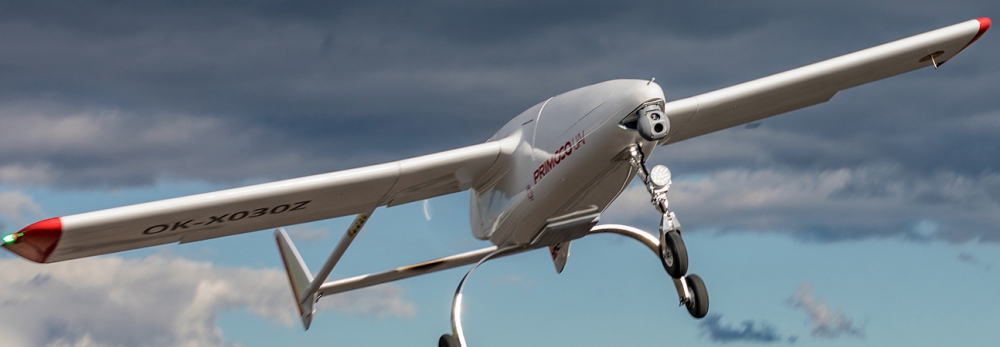recently demonstrated the successful completion of a 15 hour and three-minute continuous unmanned flight. Utilizing Sagetech Avionics‘ transponders integrated with UAV Navigation‘s Vector autopilot, The Primoco Model One 150 beat the previous company record of 12 hours, eight minutes.
The ADS-B out feature of Sagetech Avionics’ XPS transponder allowed for the aircraft to be seen by Air Traffic Control as well as other aircraft in the area, providing an essential safety aspect for unmanned systems interacting with manned aviation. The unmanned aircraft flew 1650 km at an average fuel consumption of 2.2 liters per hour of flight.
“This was a great demonstration of the mission endurance achievable with Primoco UAV’s outstanding aircraft platform,” said Sagetech Avionics CEO Tom Furey. “It also illustrates how the integration of reliable systems like UAV Navigation’s Vector autopilot and Sagetech Avionics’ XP or MX transponders with ADS-B, ensure the safe incorporation of unmanned aircraft in congested airspace, over long-range, beyond line of sight and at night.”
The flight was tracked online using a commercial website displaying real-time flight path data from the aircraft’s ADS-B transmissions, which are generally required for all aircraft in controlled airspace.
https://youtu.be/LmbMX8pFkeQ
“ADS-B technology has become the go-to method of ensuring safe utilization of airspace,” added Furey. “We are pleased to make this capability simple and easy to use through plug-and-play compatibility with advanced autopilots like the Vector. We’re honoured to be partnered with leading manufacturers like Primoco UAV and UAV Navigation, who entrust their flight safety to our robust miniature transponders.”
UAV Navigation and Sagetech Avionics, Inc. collaborate on the integration of the XP and MX families of transponders with the flight control solution. Sagetech’s low SWaP and reliable transponders are entirely compatible with VECTOR, UAV Navigation’s flagship autopilot. Sagetech’s Mode S ADS-B transponders enable the seamless and safe incorporation of unmanned flight into manned airspace.
Source: Press Release

